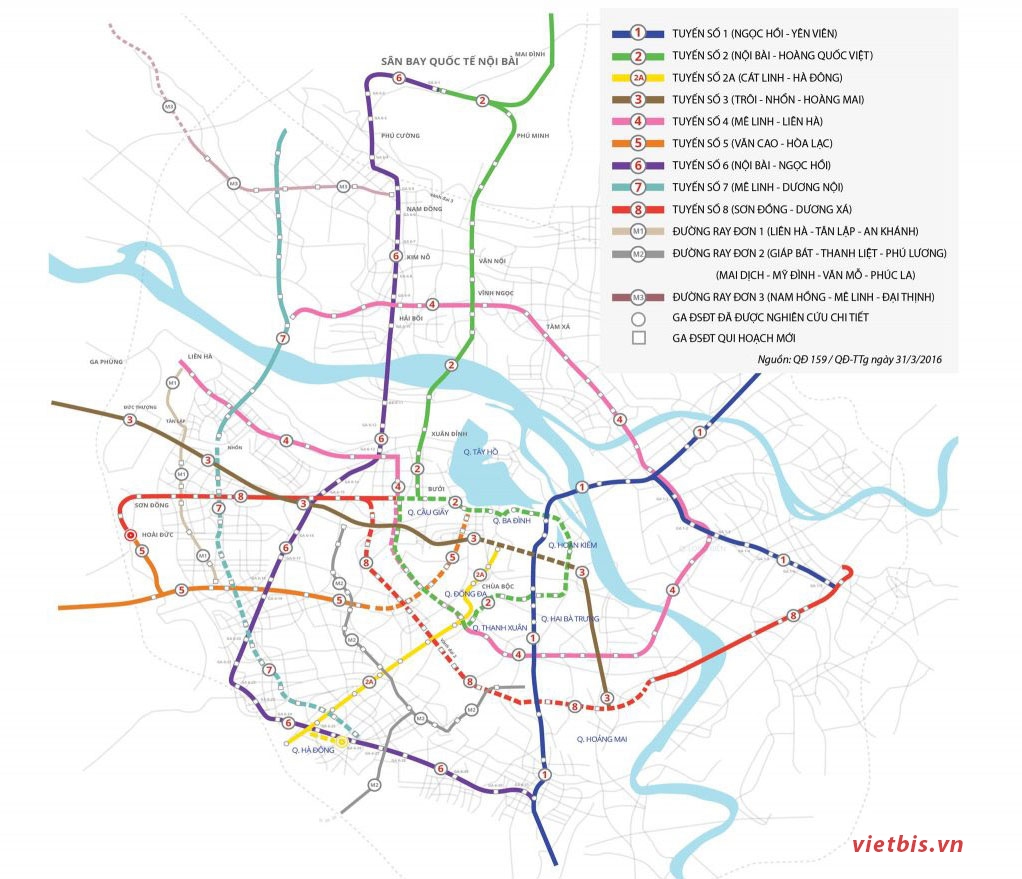Navigating the Hanoi Metro System
The Hanoi Metro is a convenient and efficient way to explore Vietnam’s bustling capital. Whether you’re a local or a tourist, understanding how to use this modern transportation system can save you time and make your travels more enjoyable. This guide will walk you through the essentials of using the Hanoi Metro, from purchasing tickets to navigating the stations.
Getting Started: Tickets and Fares
Before you can hop on a train, you’ll need to purchase a ticket. The Hanoi Metro offers several options to suit different needs:
- Single Journey Tickets: Ideal for one-time trips, these can be purchased at ticket machines or counters located in each station. Simply select your destination, pay the fare, and receive a token or card to access the platform.
- Day Passes: If you plan to make multiple trips in a day, consider buying a day pass. This option allows unlimited travel on the metro for a fixed price, making it cost-effective for busy itineraries.
- Smart Cards: For frequent travelers, a smart card offers convenience and savings. Load credit onto the card and tap it at the gates for quick access. These cards can be recharged at stations or online.
Fares are generally affordable, and discounts are available for children, students, and seniors. Be sure to check the latest fare information at the station or on the official Hanoi Metro website.
Navigating the Stations
Once you have your ticket, it’s time to navigate the stations. Here are some tips to make your journey smoother:
- Station Layout: Most stations have clear signage in both Vietnamese and English, guiding you to platforms, exits, and facilities. Look for maps and information boards to help orient yourself.
- Security Checks: Expect a quick security check before entering the platform area. Bags may be scanned, and you might be asked to walk through a metal detector.
- Platform Etiquette: Stand behind the yellow line while waiting for the train. Allow passengers to exit before boarding, and be mindful of priority seating for the elderly, pregnant women, and those with disabilities.
- Exiting the Station: When you reach your destination, follow the exit signs to leave the station. If you used a single journey ticket, insert it into the gate to exit. For smart cards, simply tap again.
Tips for a Smooth Ride
To ensure a pleasant experience on the Hanoi Metro, keep these practical tips in mind:
- Peak Hours: The metro can get crowded during peak hours, typically from 7:00-9:00 AM and 5:00-7:00 PM. If possible, plan your trips outside these times for a more comfortable ride.
- Safety and Security: Keep an eye on your belongings, especially in crowded areas. The metro is generally safe, but it’s always wise to be cautious.
- Accessibility: Most stations are equipped with elevators and ramps, making them accessible for wheelchair users and those with mobility challenges.
- Connectivity: The metro connects with various bus routes, making it easy to reach destinations not directly served by the train. Check local bus schedules to plan your journey.
By understanding these basics, you’ll be well-prepared to use the Hanoi Metro with confidence. Whether you’re commuting to work or exploring the city’s attractions, the metro offers a reliable and efficient way to get around.
